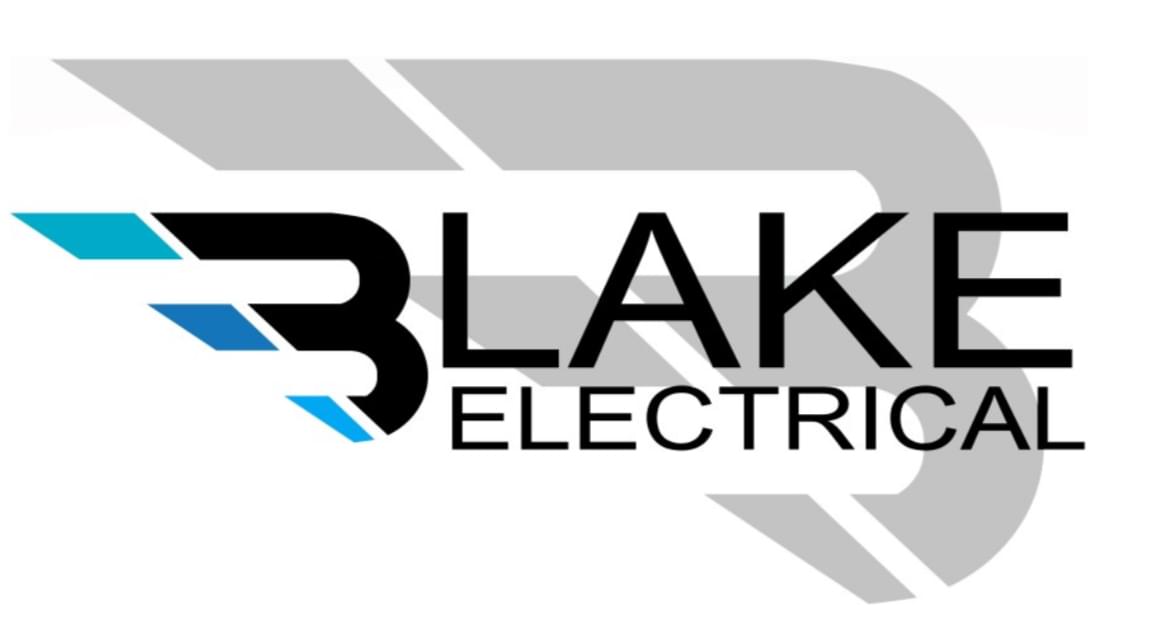What Qualifies as an Electrical Emergency?
Understanding when to call an emergency electrician can protect your property and save lives
Immediate Electrical Emergencies
Call us immediately if you experience any of these situations
🔥 Electrical Fires or Smoke
CRITICAL EMERGENCY
If you see smoke, flames, or smell burning from electrical equipment, sockets, or wiring:
- Turn off power at the consumer unit if safe to do so
- Call 999 if there's active fire
- Evacuate the property
- Call us once safe to assess and repair
⚡ Electric Shocks
CRITICAL EMERGENCY
If anyone receives an electric shock from appliances, sockets, or switches:
- Seek medical attention if needed
- Do not use the affected circuit
- Turn off power to the area
- Call us immediately for urgent repair
💥 Sparking or Arcing
CRITICAL EMERGENCY
Visible sparks from sockets, switches, or electrical panels:
- Turn off power immediately
- Do not touch the affected area
- Keep flammable materials away
- Call us for immediate attendance
💧 Water and Electricity Contact
CRITICAL EMERGENCY
Water damage to electrical systems, flooding affecting electrics:
- Turn off power at the mains
- Do not touch wet electrical equipment
- Keep area clear
- Call us for safe assessment and repair
Urgent Electrical Issues
These require same-day or next-day attention
Complete Power Loss
Total loss of power when neighbours have electricity, or power to specific circuits that won't restore.
Response: Within 60 minutes
Tripping Circuit Breakers
Circuit breakers that constantly trip and won't stay on, indicating a serious fault.
Response: Same day
Burning Smell
Persistent burning smell from sockets, switches, or consumer unit without visible smoke.
Response: Within 2 hours
Exposed Wiring
Damaged cables with exposed live wires, damaged sockets showing internal components.
Response: Same day
Buzzing or Humming
Unusual sounds from consumer unit, sockets, or switches indicating loose connections.
Response: Within 4 hours
Flickering Lights
Persistent flickering across multiple lights, especially with burning smell or heat.
Response: Same day
Non-Emergency Electrical Issues
These can be scheduled for planned appointments
Planned Work
- Installing additional sockets or lights
- Upgrading consumer units
- Rewiring projects
- New appliance installations
- Smart home system installations
- EV charging point installation
- Outdoor lighting projects
Routine Maintenance
- Electrical safety inspections (EICR)
- PAT testing
- Periodic testing and inspection
- Landlord safety certificates
- Minor repairs to non-essential circuits
- Cosmetic socket/switch replacements
- Energy efficiency upgrades
When in Doubt, Call Us
If you're unsure whether your electrical issue is an emergency, it's always better to call and ask. Our experienced team can assess the situation over the phone and advise on the appropriate response time. We'd rather you call and be safe than risk a dangerous situation developing.
Call 07815 2862540 Now View PricingSafety First
Before We Arrive
- Turn off power at the consumer unit if safe
- Keep people away from the affected area
- Don't attempt DIY repairs on live circuits
- Ventilate the area if there's a burning smell
- Note when the problem started and any triggers
- Have your consumer unit location ready to show us
What We'll Do
- Arrive within our stated response time
- Assess the situation safely
- Identify the cause of the problem
- Explain the issue and required repairs
- Provide a clear quote before starting work
- Complete repairs to the highest standards
- Test everything thoroughly before leaving
- Provide certification for all work
Related Information
Emergency Scenarios
Detailed guides on specific emergency situations and how we handle them.
Read more →
